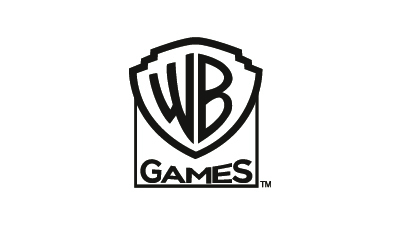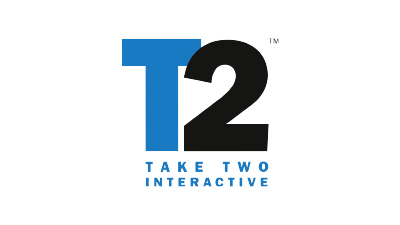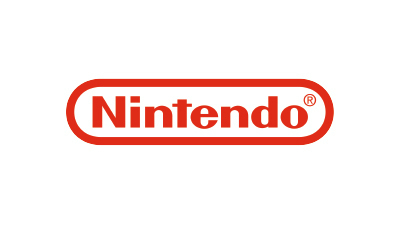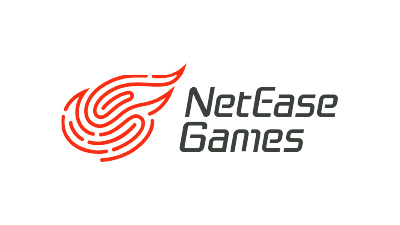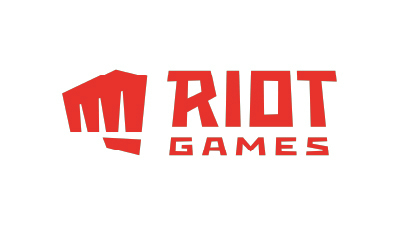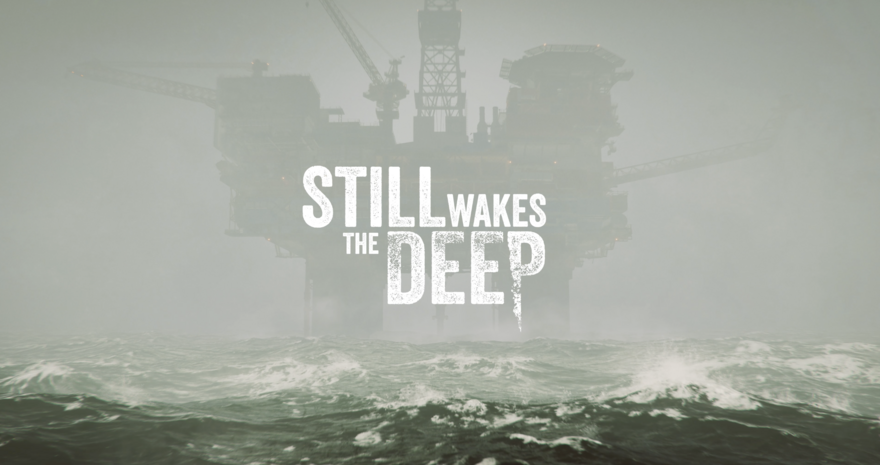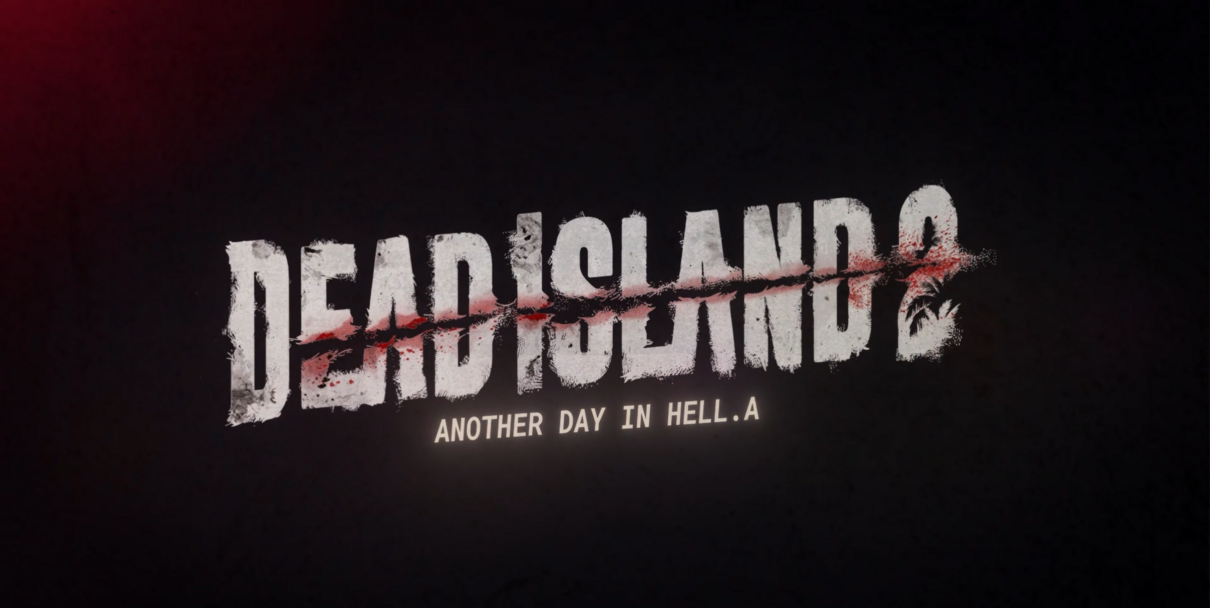Why do video game trailers launch so early in the development process?
Keywords Studios' Engage Solutions team delve into the crucial role trailers play in securing audience buy-in and momentum in the lead up to a video game's launch.

Video game development cycles are getting longer.
On average, a video game sequel now takes at least five years to make, thanks to an increasingly complex process and sky-high fan expectations that require every installment to be bigger and better than the last. “If a big-budget game studio started working on a brand new project today,” said the journalist Jason Schreier, “It would likely be for the PlayStation 6.”
By the time GTA VI launches at the end of 2025 it will have been more than ten years since the previous game, while Nintendo spent six years developing the follow-up to 2017’s award-winning The Legend of Zelda: Breath of the Wild. Studios are rightly dedicating time, budget, and attention to the production of high quality games. But for fans looking forward to a sequel, that can mean an agonisingly long wait.
By marketing while a new installment is still in development, we can gauge early interest, build anticipation, and retain the following of popular series’ fans – rewarding them for their loyalty with teasers, snippets and discussion of much-anticipated games. If we don’t, we risk a loss of interest and a lacklustre launch. But how can we faithfully and compellingly tell the story of a game that doesn’t yet exist?
“Clients need very early buy-in from customers. Games take years to make, and there needs to be a level of assurance of success to invest in something over such a long period of time,” says Devon Pearce, Commercial Director at Keywords Studios’ Big Farmer and TrailerFarm, “So, companies are advertising their games years in advance. They often come to us to create the first visual iteration because there is no game yet.”
Teaser trailers have to drop before a video game is complete, or developers risk losing the interest of fans and missing opportunities to drive excitement for launch. Creative production partners, therefore, need to make the most of any available assets, thinking creatively to turn environments, characters, and more into engaging narratives that reflect the ultimate vision of the game.
Keywords Studios are developers, gamers, and marketers. So, alongside knowing what makes a compelling video game trailer, we have the technical skill to work directly with existing assets. In the case of Talos Principle II, Keywords Studio Big Farmer virtually ‘location scouted’ in-engine to find atmospheric environments that became the backdrop for an award-shortlisted cinematic trailer. And with the right expertise, creative production studios can use assets like these to expand the possibilities of live filming, too. Virtual production, which blends live action filming with virtual environments built in-engine, provides scope for engaging trailers that are true to the feel of the game, without depending on an abundance of existing assets or fully developed gameplay. So whether it’s cinematic or live action, our in-engine expertise allows us to turn limited assets into a blockbuster trailer.
But that ability to create a trailer before a game is finished is just one piece of the puzzle. How does that trailer feel? What story does it tell? What hints does it drop about gameplay, characters, and plot? The best video game trailers don’t just sell the game – they draw you deep into the game world. Partnering long-term with a creative production studio that truly understands the IP ensures a narrative and mood that reflect the experience and match audience expectations. For example, KWM’s award-winning trailer for Dead Space captures ‘the horrific essence of the original game, but serves to inform and ignite the viewers about the updated aspects of a game they know and love,’ while Big Farmer’s trippy and irreverent trailer for Borderlands 3 perfectly embodies the chaotic spirit of the game – and it was conceptualised, produced and developed based on just a single image.
Such long-term, collaborative partnerships allow creative production studios to understand intuitively what the audience is looking for, and even contribute to the game development process. Assets created in-engine by Big Farmer for both Fall Guys and Borderlands 3 ultimately made their way into the games. So developing trailers and video games in tandem isn’t just a necessity; it can be an advantage, a two-way conversation between developer and creative studio that serves to engage and delight fans and enhance the final product: “Often we have to show parts of the game or characters that haven't actually been created yet, or gameplay that hasn't been built yet,” Devon says. “So trailers and cinematics can influence how a game is made.”
Early trailers and video game marketing start conversations with fans long before launch, building anticipation and holding onto their loyalty. They allow developers to test the waters, airing initial concepts, graphics, and storytelling beats to gauge fan reactions while games are still in development.
Getting this right depends on collaborative relationships and technical expertise. Our long-term relationships with clients, and familiarity with their IP and tech infrastructure, allows us to find and create what we need to produce trailers before a game exists. We’re able to conceptualise compelling narratives, create the right atmosphere, and connect authentically with fans. So that once a long-anticipated sequel launches, they’ll be first in the queue to play.
---------------
To learn more about our specialised video game marketing services and player engagement services, speak to the team via the form below.
The Power of Partnership: Our Clients



